Travel dehydration can creep up on even the most meticulous of travellers. When you’re restlessly pacing for things to do in your itinerary, it’s easy to get carried away and take other things for granted. You feel a certain dryness crawl up your throat and you think, oh, it doesn’t matter. I can just drink water later.
Wrong! If there’s anything that shouldn’t be put on the back-burner, it’s your physical health. Travelling is hard enough without your body experiencing weakness, dizziness, headaches, and extreme fatigue, which are just some of the signs that you haven’t been drinking enough water.
Everybody needs water to function at full capacity. Medical experts recommend that you drink at least two litres of water per day, though you might still have to drink more, depending on your activities.
Nothing can turn a trip sour faster than when your body slows you down and keeps you from doing the things you want to do. To keep you and your travels in tip-top shape, here are some practical steps you can follow!
1. Invest in an insulated tumbler
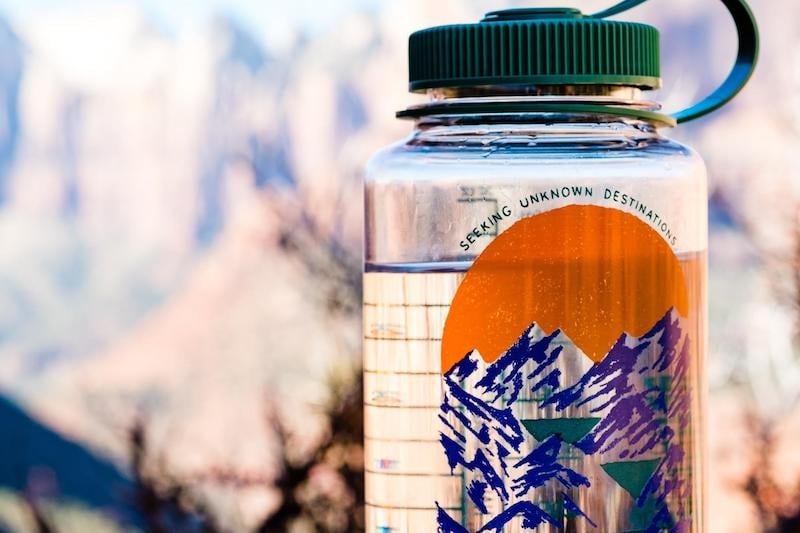
Having a water bottle comes in handy when you’re constantly moving from place to place. This is the easiest step to fending off travel dehydration. Not only will a good tumbler keep your drinks ice-cold for you, but it will also save you from buying water bottles every time you feel thirsty, thus reducing your use of plastic. Find one that best suits your travelling needs, whether you prefer a flask compact enough to fit your bag or a more durable one for longer journeys.
Also read: 12 Habits We Can Quit For More Eco-Friendly Travels
2. Ask for water during flights
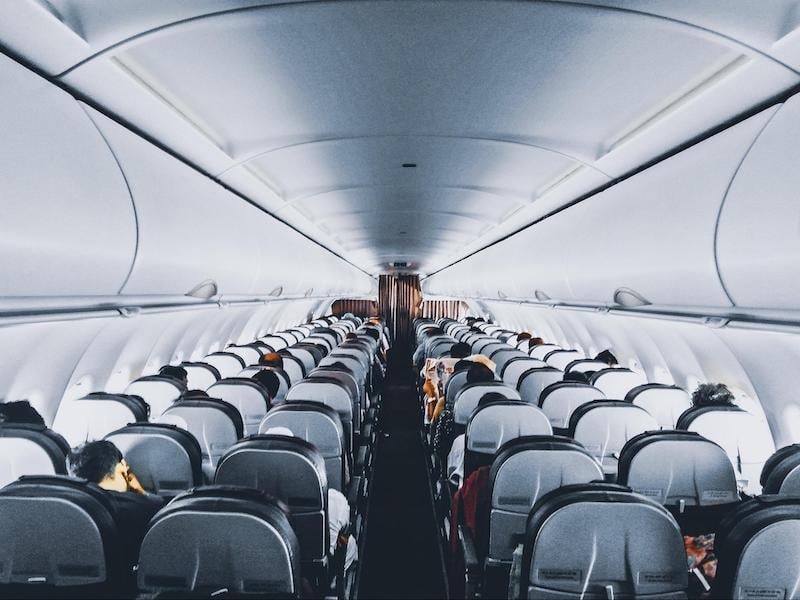
When it comes to travel dehydration, long flights are your real enemy. It’s hard to stay bright and dewy when the cabin’s low-humidity environment makes you feel dry as a flake. Aside from packing eye drops and moisturisers, you can counteract annoying symptoms of dehydration like itchy eyes and a parched throat by requesting for more water when the flight attendant passes by your aisle.
The more hours you spend in transit, the more essential it is to take regular sips. Even flight attendants believe that drinking water regularly throughout a flight is the secret to looking fresh and healthy: “The air inside the aircraft cabin at 30,000 feet is very dry and can really dehydrate your skin. I personally drink at least two litres of water in-flight.”
Also read: 10 Tips on How to Survive (& Actually Enjoy) Long-Haul Flights
3. Fill up at drinking fountains
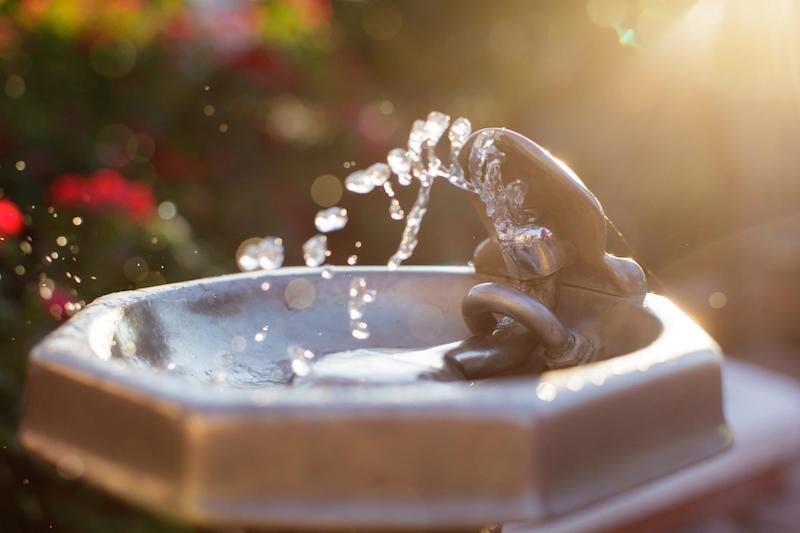
If you’re in a country that provides clean and safe tap water, be it from the tap or public drinking fountains, we recommend making the most out of this readily available resource. This can go a long way in reducing your daily expenses, especially in expensive cities where every cent counts. Not every country in the world can guarantee the privilege of naturally clean water, so it’s best to stock up on high-quality water when you can.
As a rule for drinking fountains, it’s polite to let other people use the fountain first before you take the time to refill your water bottle. More importantly, be sure to research about the purity of the drinking water in that city. If you’re not sure, don’t drink it!
4. Buy water in bulk
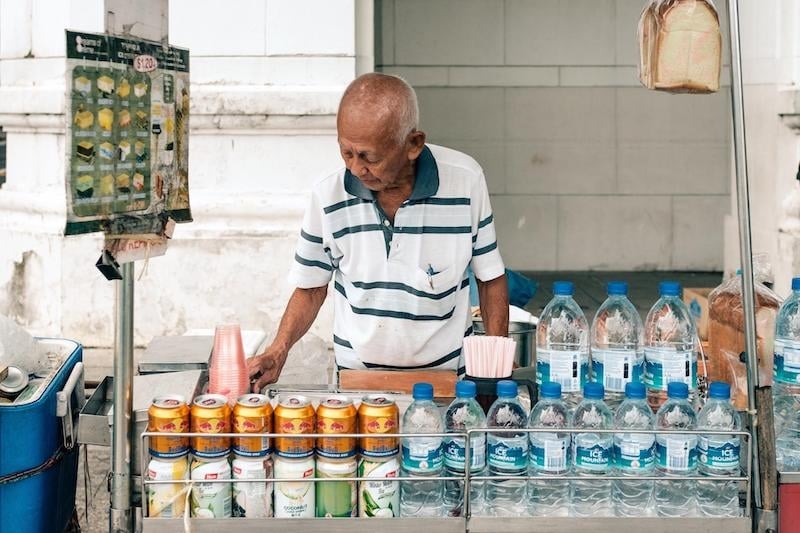
Sometimes purchasing bottled water from the store is inevitable when you’re staying in one place for several days and you’re not sure if the tap water is safe to drink. In this case, buying water in bulk is a more cost-effective option, as opposed to going back and forth to the store for single water bottles every time. Knowing how much water you should consume per day will help you approximate how much water you need to buy.
5. Moderate caffeine and alcohol intake
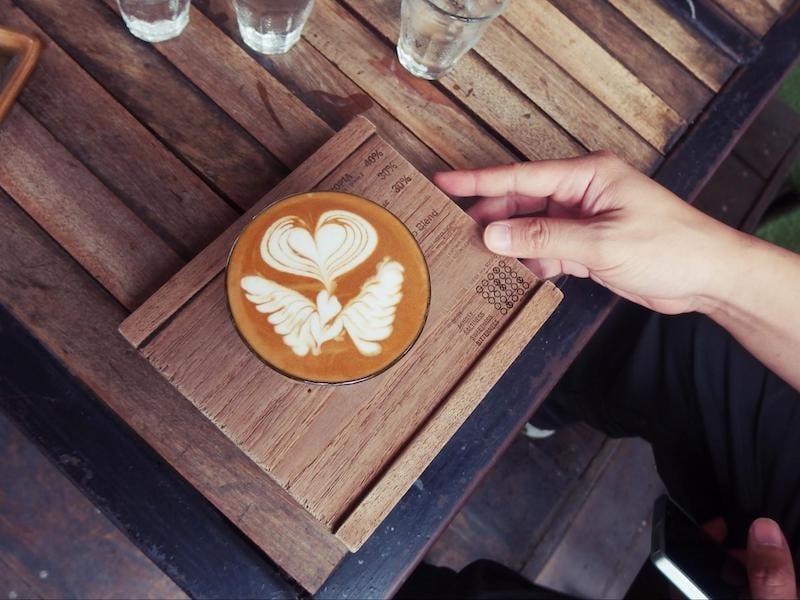
“Travel dehydration? Can’t I just drink coffee for that?”
Many people like to joke that coffee, not water, is what keeps them alive. Ahem. Guilty as charged: We enjoy spending hours at a café just to experience the coffee culture in an area.
That said, drinking too much coffee can cause your body to dispel more water through urination. Incidentally, alcohol is also a diuretic, which means that after guzzling down a few bottles, you can find yourself frequenting the bathroom more than you typically would. As more fluids leave your body, you begin to feel more dehydrated.
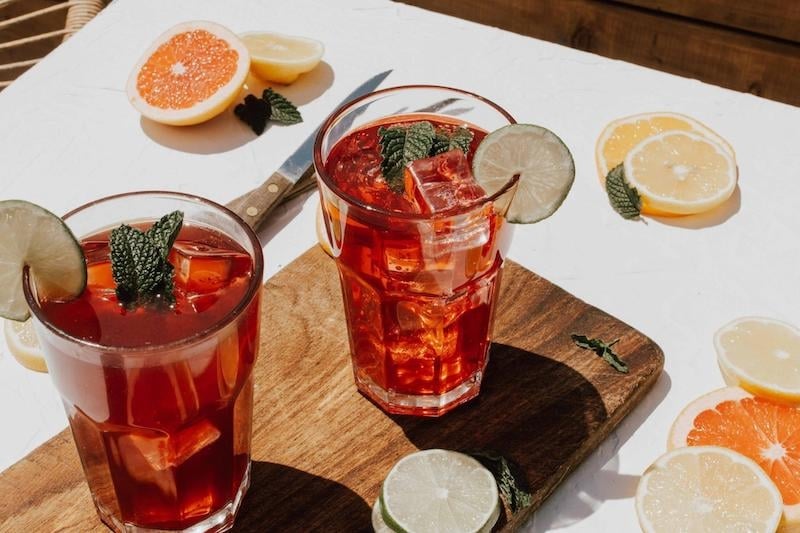
No one is saying you should give up coffee or alcohol. But as with most consumables, moderation is key. Make sure you drink an equal amount of water afterwards to replenish the loss of fluids in your body.
6. Aim for a balanced diet
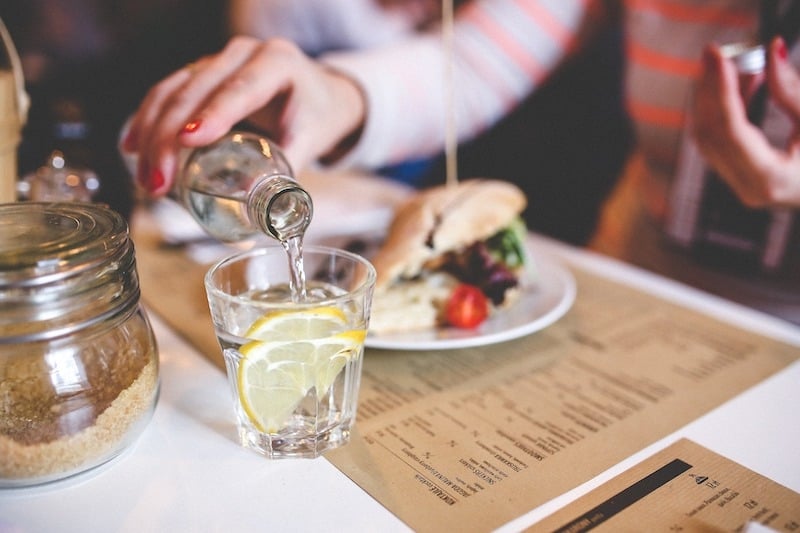
Really, the best way to stay hydrated while travelling is to drink regularly throughout the day until it becomes a habit for you. Having a minimum of two litres of water a day will improve the appearance of your skin and do wonders for your energy!
Don’t wait until you’re so thirsty that you need to catch up on a day’s worth of fluids before you pass out. It’s much better to space out your cups of water than attempt to chug down an entire gallon in one sitting as if it were a beer, which will only make you feel bloated.
You can also combat travel dehydration by eating fruits with high water content, such as watermelon, strawberries, oranges, pineapples, grapefruit, and peaches. Another good rule of thumb is to drink a glass of water during and after each meal.
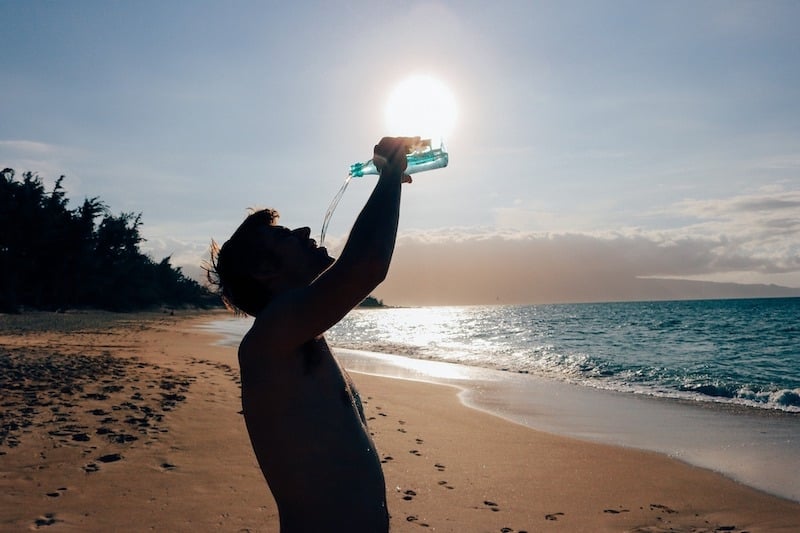
Always be mindful of your physical limits, and adjust your water intake depending how intense your activities are. Mountain hiking and extreme sports, for instance, will require you to drink more often than a leisurely walk in the park.
Also read: Quick & Basic Exercises to Keep You Healthy While Travelling
As you refer to these tips to prevent travel dehydration, remember that you can also incorporate these simple habits into your everyday life. Happy drinking!




